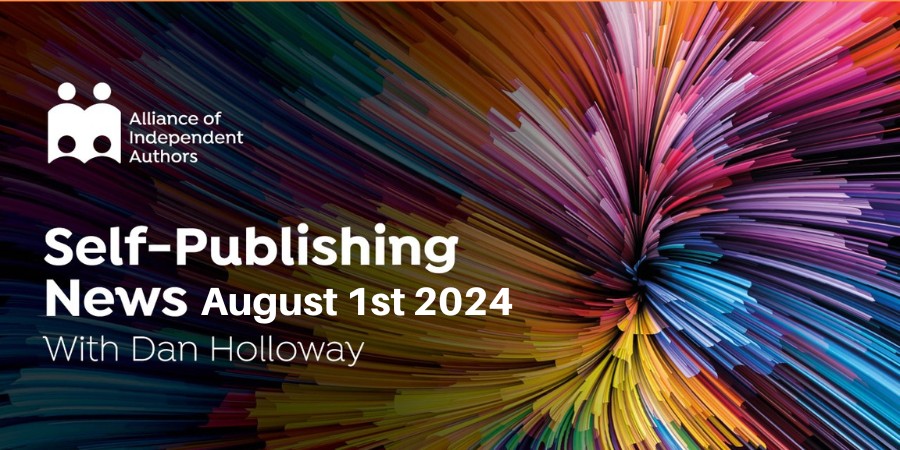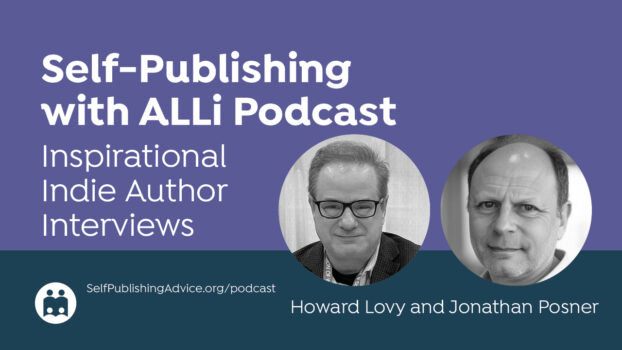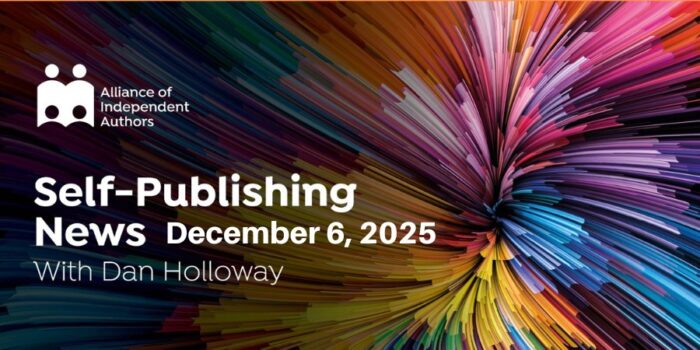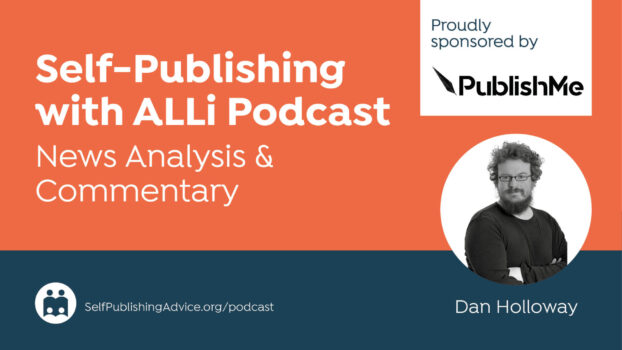
ALLi News Editor, Dan Holloway
It’s always fun to read Mark Williams’s reports on e-book sales, not to mention informative. This week is no different. The spark for the report is the latest set of StatShot figures from the Association of American Publishers (AAP) and what those figures say about the relative health of the market for print, e-book, and audiobook formats.
The official figures for May show an increase in US sales of 10.9 percent across all formats, with a monthly total of $1.1 billion and year-to-date sales of $5.5 billion. It’s interesting to see double-digit growth back on the cards for digital audiobooks at 15.5%, albeit only for the month.
And it’s not just audiobooks. All formats showed double-digit growth, except for e-books, which grew by just 2.2%. This is where the matter of the incompleteness of the StatShot figures comes in. Two key sources of e-book revenue never make it into those figures. The official $84.4 million in e-book sales completely excludes the $52.5 million paid out through Kindle Unlimited, a figure that continues to rise. Additionally, many e-book sales (as opposed to subscription reads through Kindle Unlimited) of indie titles are not accompanied by an ISBN, meaning they never enter the system. All of this suggests that it’s far from a given that e-book sales are stagnant. Indeed, things are looking rather rosy.
Speaking of audiobooks, this week brings news of Spotify expanding its offering further. After a few weeks of working out how audiobooks fit into their overall offering, it doesn’t seem that this need to let things settle means they aren’t committed to becoming a leading force in audiobook distribution.
Confirmation of Spotify’s commitment to the literary format comes in the form of an expanded offering from last week, with 1,000 new titles distributed by smaller publishers through Ingram.




